The best dive spots in Australia
For the diving enthusiast, but also the snorkeler, a plunge into the clear blue water at the Great Barrier Reef needs to be on the bucket list. The Great Barrier Reef is the largest coral reef in the world and stretches over 2,300 kilometers (1429 miles) along the east coast of Australia. The reef is also known as one of the most beautiful diving areas on earth. Thousands of vibrant coral formations combined with tropical fish species and unique marine creatures decorate this mesmerizing undersea realm.
However, did you know Australia offers many more fantastic diving spots beyond the Great Barrier Reef? Located across the country, you can explore sunken shipwrecks, enroll in cool PADI courses, and go on unforgettable liveaboard adventures. Want to know where and how? Here are 6 of the best places to dive in Australia:
1. Diving on the Great Barrier Reef
The most famous reef in the world is very long, larger than Victoria and Tasmania combined, can be seen from space and is officially declared a World Heritage Site. The Great Barrier Reef is located in the Coral Sea off the east coast of Australia and is an absolute mecca for diving enthusiasts.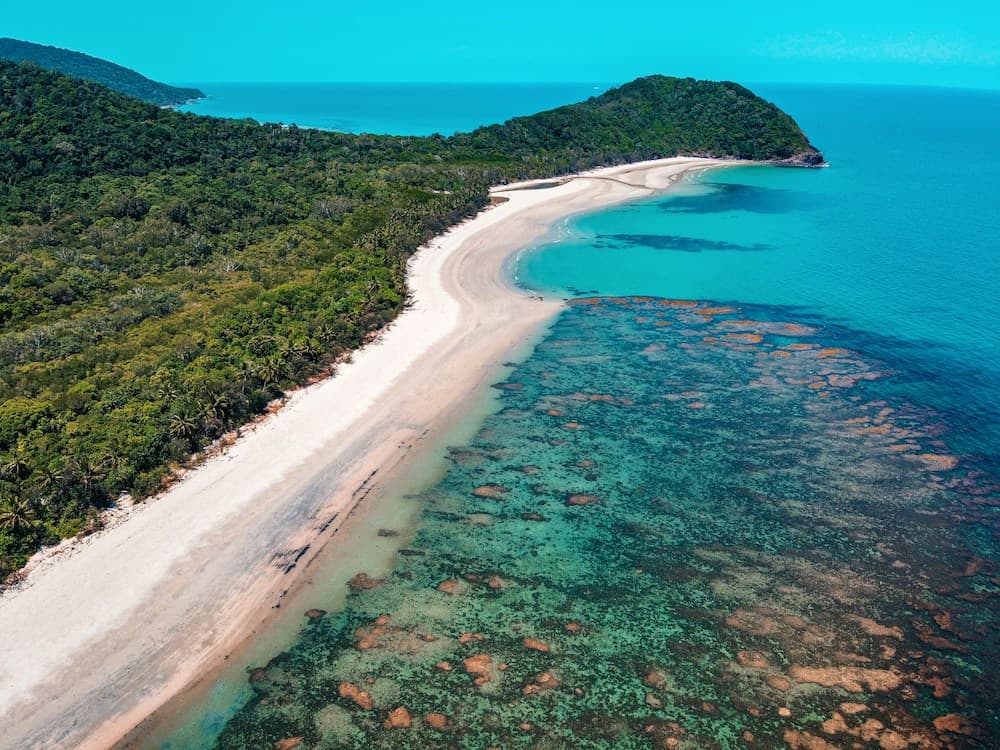
If you want to explore the Great Barrier Reef, you can do so on the Ribbon Reefs, on the Inner Reef and on the Outer Reef. Where the Inner Reef is mainly suitable for snorkelers (for example around the Whitsundays), the Outer Reef and the Ribbon Reefs are located much further from the coast. Here you will find the most variety in fish and coral.
The most visited starting point for diving trips to the Great Barrier Reef is Cairns. Here you will find the most choice in courses, day trips and liveaboards (where you go out to the reef for several days).
Just above Cairns is Port Douglas and from here too you can make beautiful dives to the Great Barrier Reef. An additional advantage: some courses and liveaboards are a a lot cheaper here than in Cairns.
When is the best time to dive at the Great Barrier Reef?
You can visit the Great Barrier Reef year-round, but it depends on your preferences. In addition, the region where you visit the reef is also important.
The best time to visit the Great Barrier Reef is generally from June to October. This high season offers some important advantages for travelers. Temperatures are pleasant and rainfall is minimal.
The low season runs from November through May with more rain and fewer boats going into the water. However during this period, you can probably find a cheaper deal.
The best conditions for diving are from August through December.
2. The Ningaloo Reef
The Ningaloo Reef is located on the west coast of Australia and is mostly known for the humpback whales and whale sharks. However did you know that the Ningaloo Reef is also the home of an enormous diversity of beautiful coral, fish and other marine life? Many creatures regularly visit Australia's Ningaloo Reef, including turtles, manatees and dolphins. 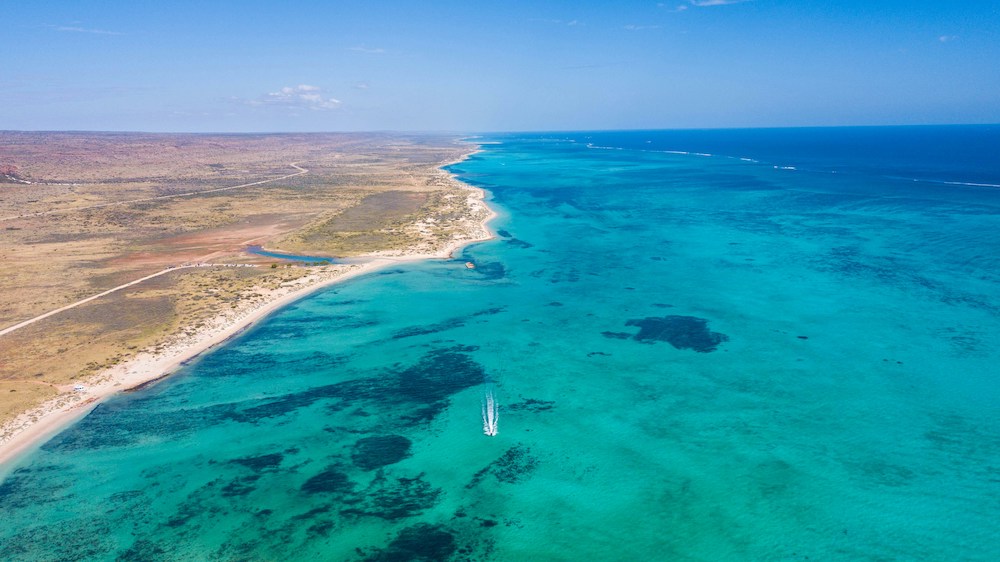
You can reach the Ningaloo Reef from Coral Bay or Exmouth. Whether you're a complete beginner, interested in snorkeling or ready for a 6-day liveaboard; there is much choice for everyone at the Ningaloo Reef.
When is the best time to dive at the Ningaloo Reef?
The Ningaloo Reef can be visited all year round. However, most travelers choose the months of March - August to swim with whale sharks or the months of July - October to go into the water with humpback whales. In our opinion, the best months to dive on the reef are mid-March, May, June, September and October for warm water temperatures and less crowds.
3. Diving at the Busselton Jetty
A lot of people choose Busselton Jetty as their favorite diving spots in Australia. The picturesque town of Busselton, known for its 1.8 km (1.11 miles) long wooden pier, is located 170 km (105 miles) south of Perth. Around the pier you can do beautiful dives where you enjoy dense schools of fish, subtropical marine life and "sponges".
With a maximum depth of 9 meters (29.5 ft), this is an accessible dive location
for divers of all levels or even for people who want to try Scuba Diving
for the first time. But if you are more experienced, don't be put off
by the shallow water. You can see scorpion fish, trigger fish, blue-ringed octopuses, giant
squid, and crayfish. There are also mantles, anemones, and even
some sea slugs for the macro enthusiasts.
When is the best time to dive at the Busselton Jetty?
The best time of year to dive at the Busselton Jetty is from December to April for warm temperatures and to spot stingrays and dolphins.
4. HMAS Perth
HMAS Perth II; an Australian warship that was deliberately sunk in 2001 to create a haven for marine life and divers.
This shipwreck is 133 meters (436 ft) long and requires a few dives to really explore it. It lies in shallow water, so the dive is suitable for all levels and part of the wreck even comes above water.
This is a great place to go diving in Western Australia for varied marine life. You can see kingfish, mulloway, large gropers, eagle rays, stingrays, squid and even sea lions at the wreck. There are also many sponges, anemones and other invertebrates such as crabs, crayfish and octopuses. 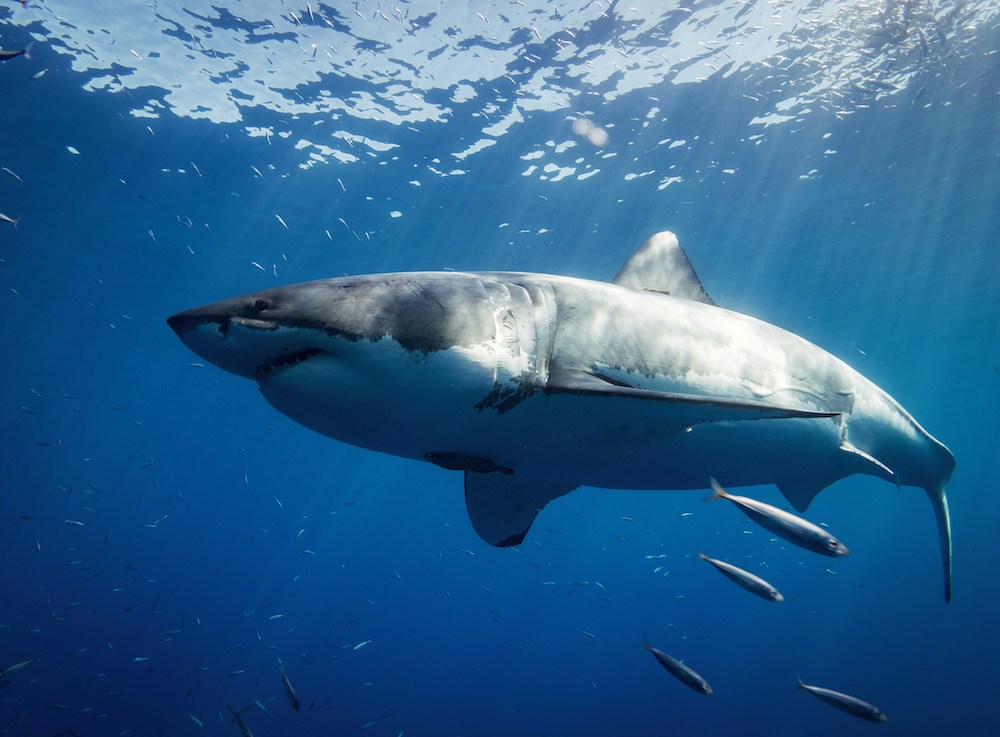
The chance to see one of the ocean's largest predators, the great white shark, is always possible in these waters.
When is the best time to dive at HMAS Perth?
You can dive year-round at the HMAS Perth wreck.
5. Houtman Abrolhos Islands
The Houtman Abrolhos Islands, also known as the Galapagos of the Indian Ocean, stretch out over more than 100 kilometers (62 miles) and harbor a unique mix of cool water species from the south and tropical species from the north.
These islands create a truly diverse environment, with a mix of rocky kelp reefs and corals, offering some of the most unique dives in Western Australia. Fly to Perth and drive more than 400 kilometers (248 miles) to the north to reach them.
The Batavia shipwreck at Morning Reef off Beacon Island is a favorite among divers and the staggering array of life is impressive.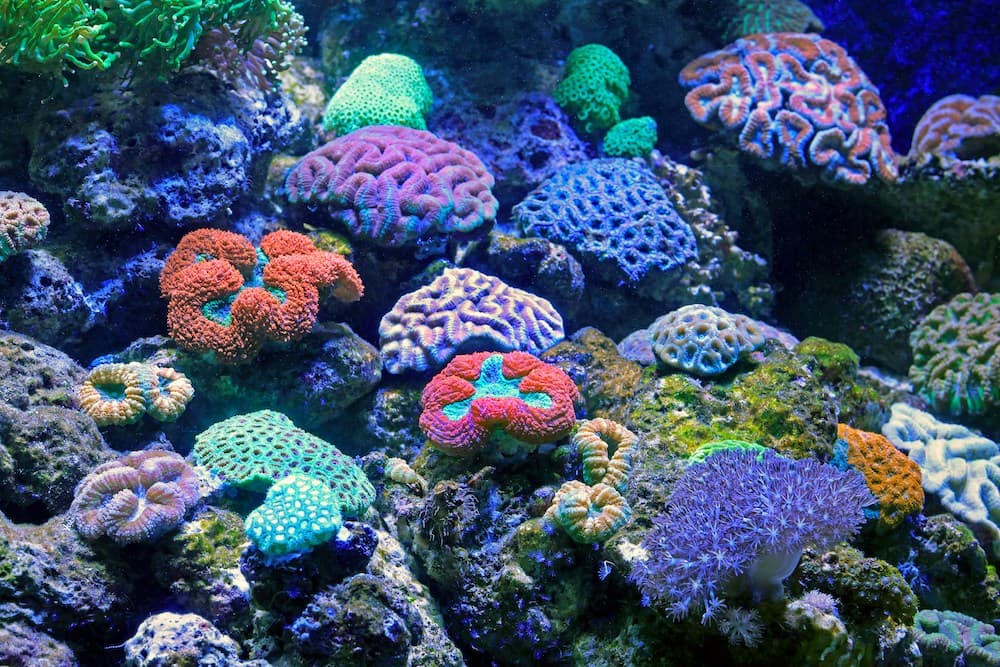
Diving at 20 meters (65 ft) or shallower means this area is accessible to divers of all levels. There are healthy coral gardens, turtles, sharks, dolphins, wrasse, groupers, endemic dhufish, manta rays, and even humpback whales are present at certain times of the year. This is a true underwater paradise.
When is the best time to dive at the Houtman Abrolhos Islands?
The best time to visit the Abrolhos Islands is from December to April when water temperatures range from 22-27°C (72-81°F).
6. Diving at Rainbow Beach at Wolf Rock
Wolf Rock is considered the best shark and ray diving spot in Australia. Swimming with large sharks and rays is something you can expect on almost every Wolf Rock dive, as these giants reside here all year round. Other frequent visitors to Wolf Rock include mantas, leopard sharks, eagle rays, spotted eagle rays, sea turtles, olive sea snakes and.... the humpback whale. 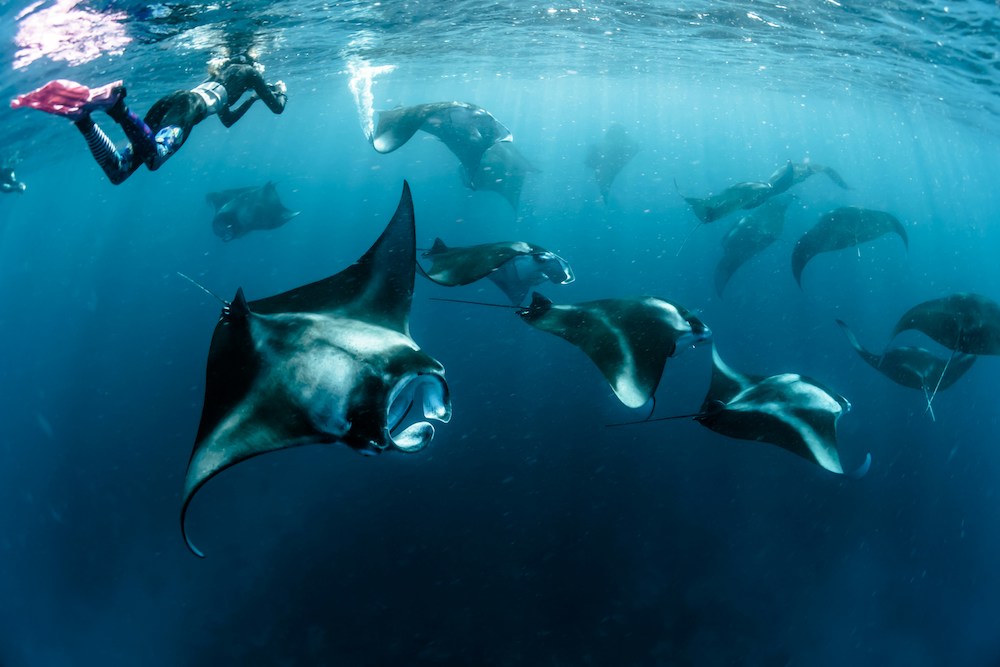
Due to the proximity of the Great Barrier Reef, you also regularly encounter a large number of subtropical reef fish. All in all, Wolf Rock is a must if you want to dive on the east coast of Australia.
When is the best time to dive at Wolf Rock?
The famous grey nurse shark stays around Rainbow Beach all year round (with larger numbers between December and July), so you can dive at Wolf Rock all year round. In summer you can spot leopard sharks, zebra sharks and manta rays.